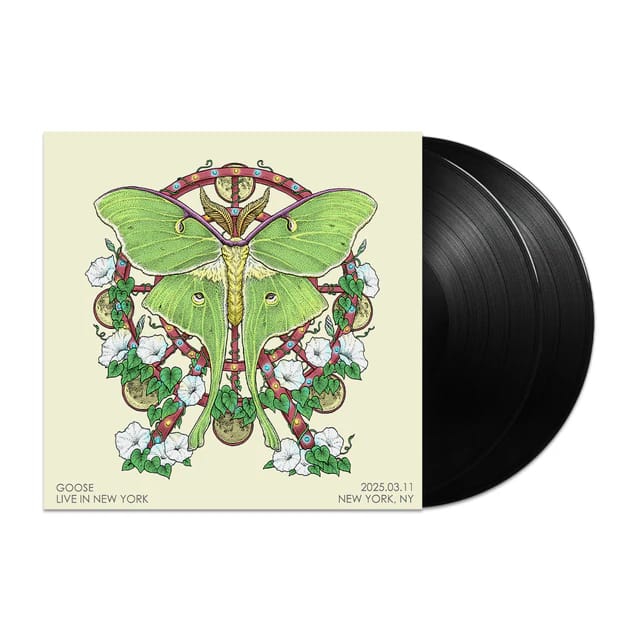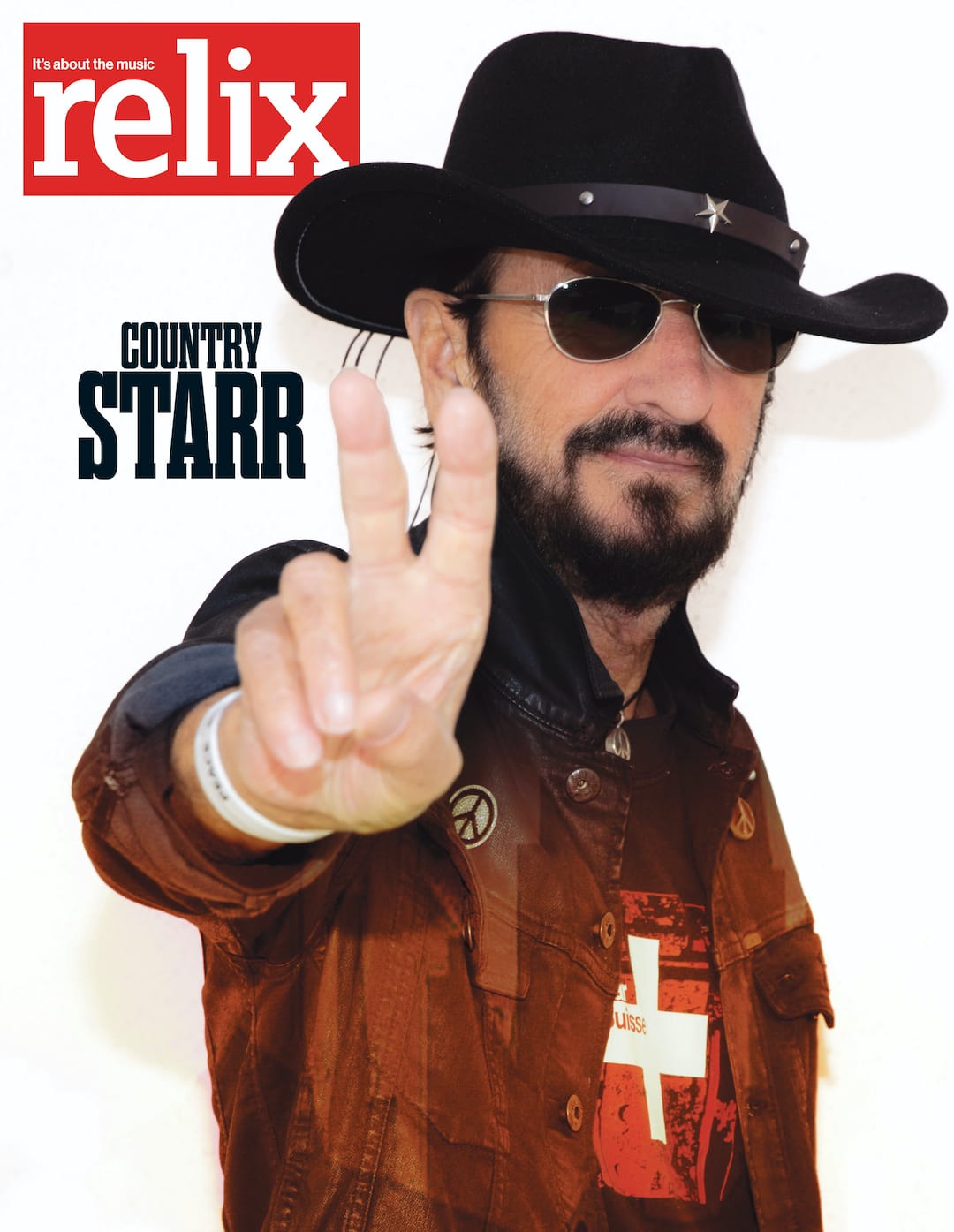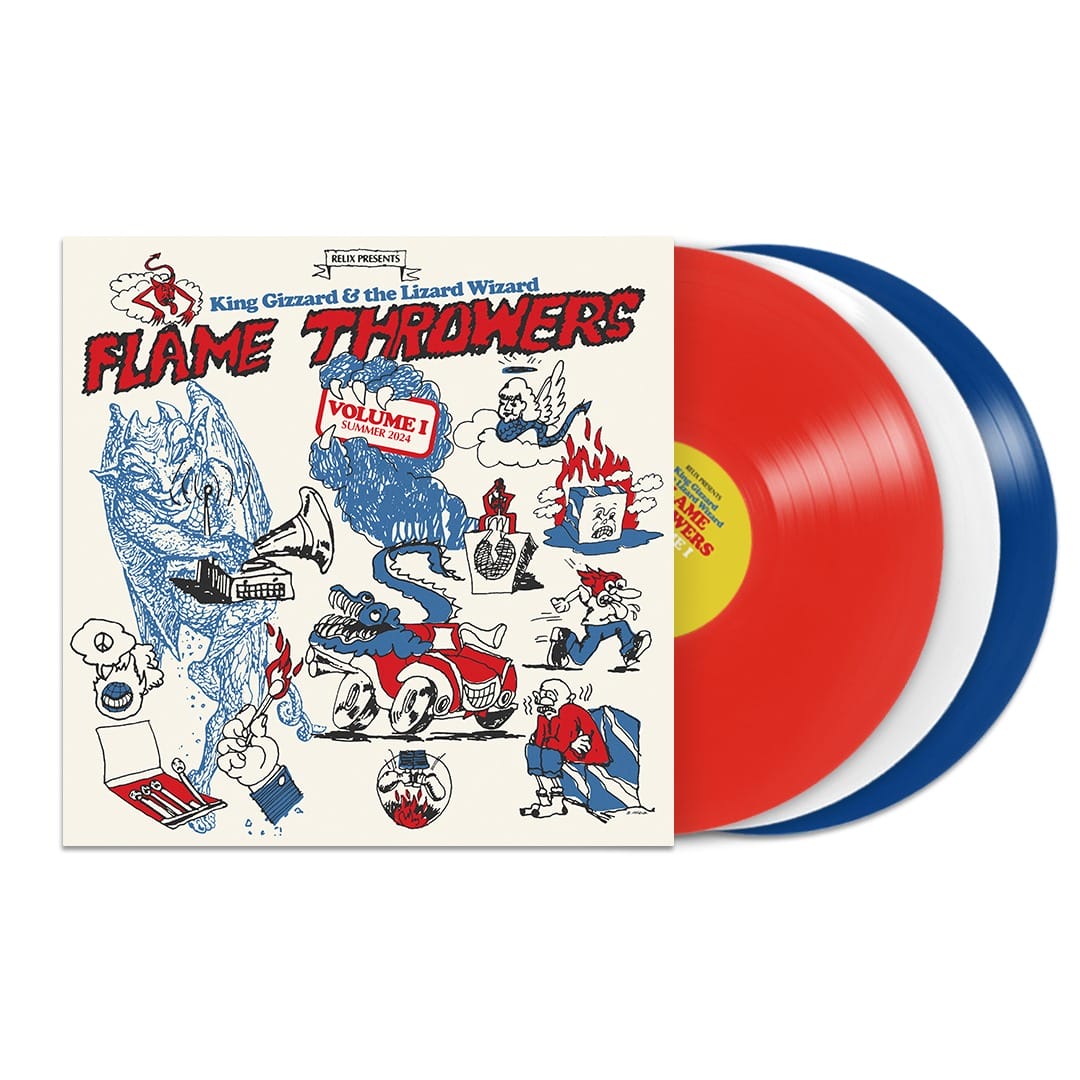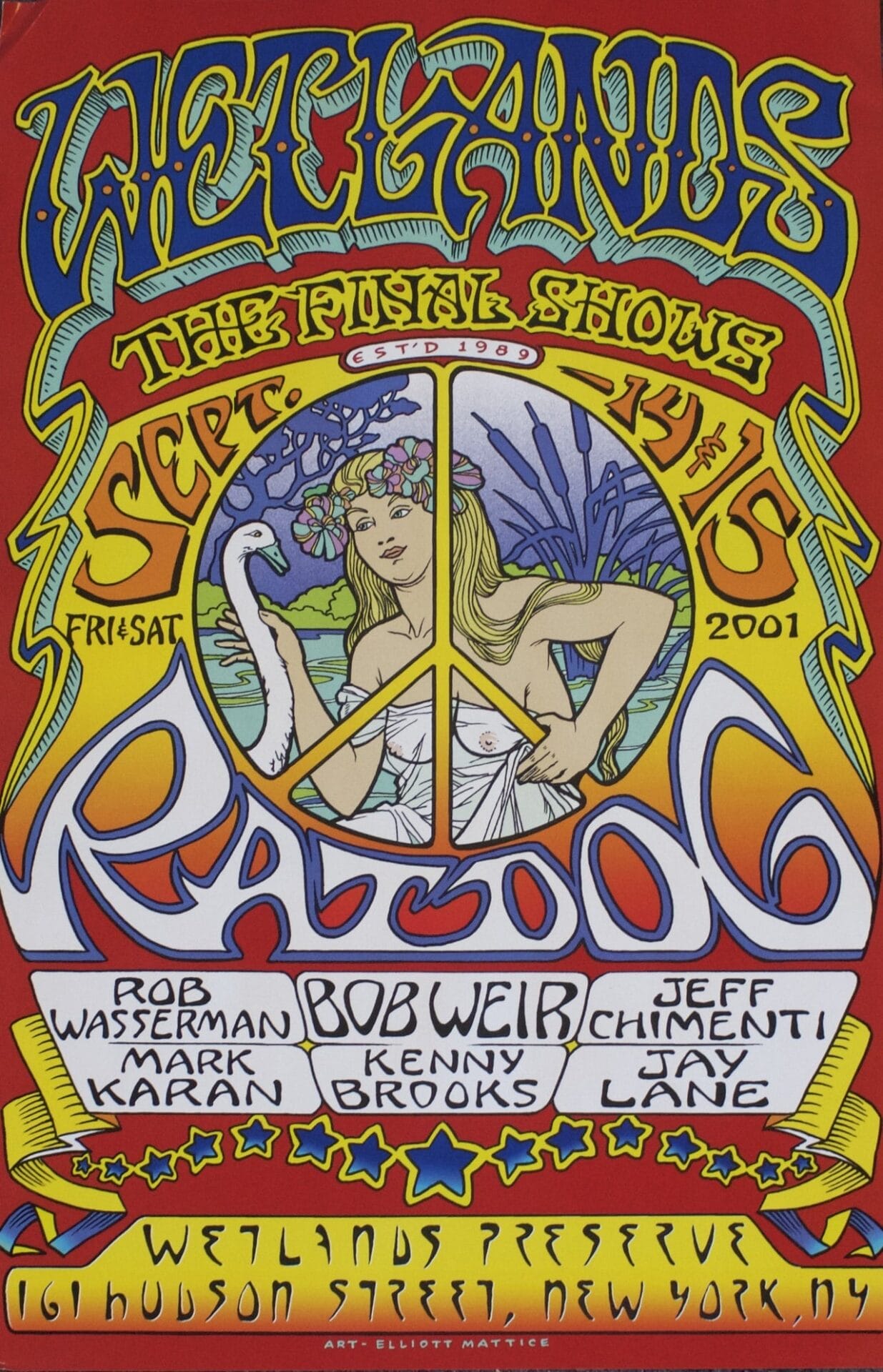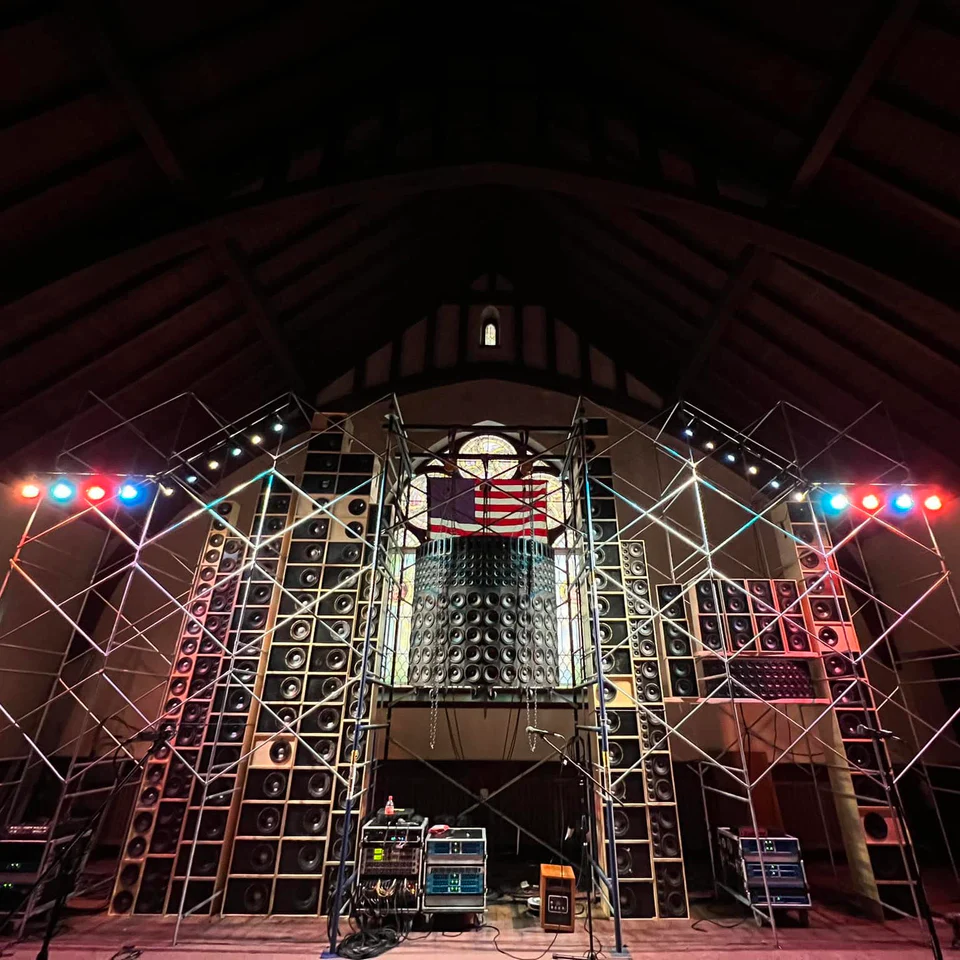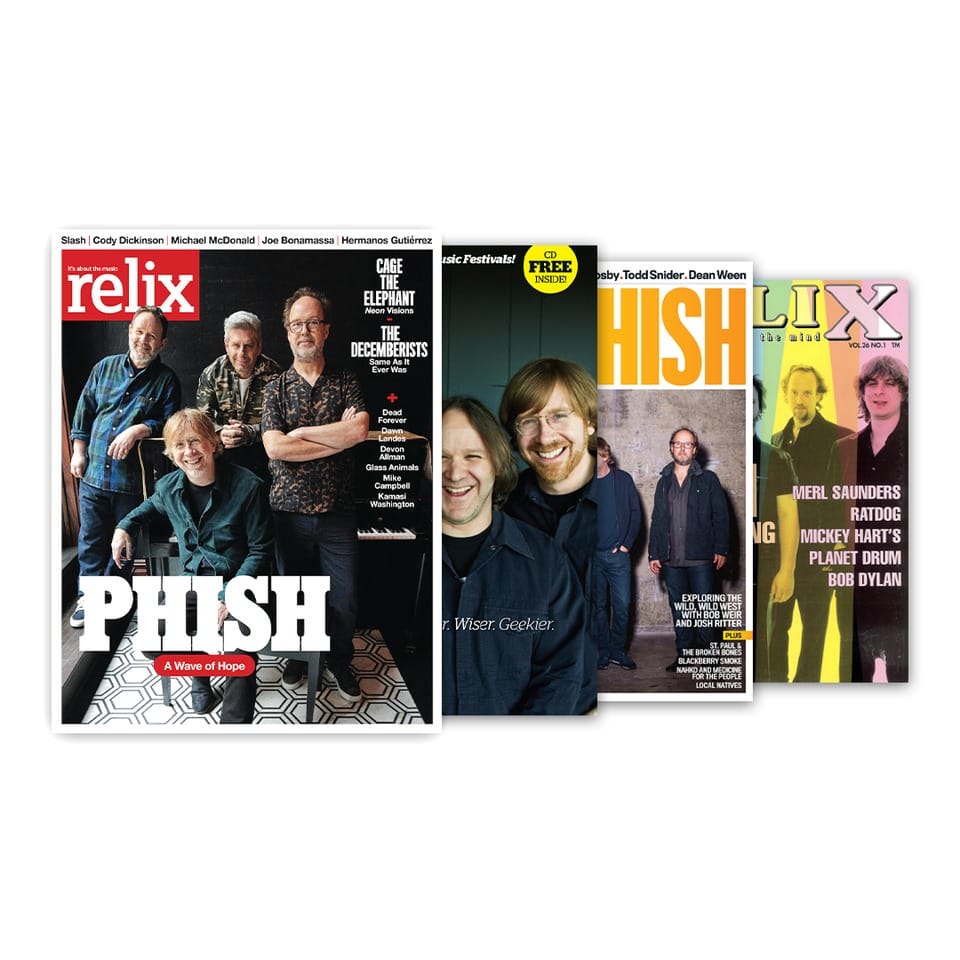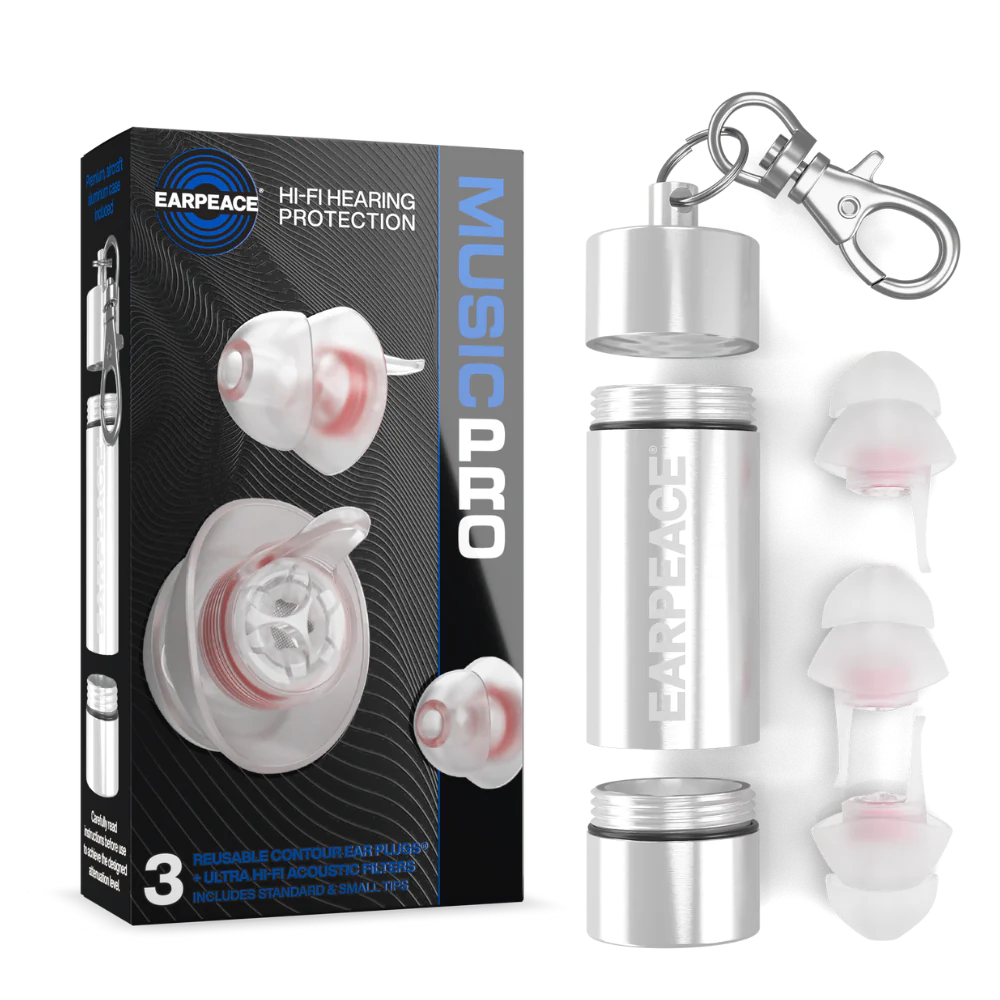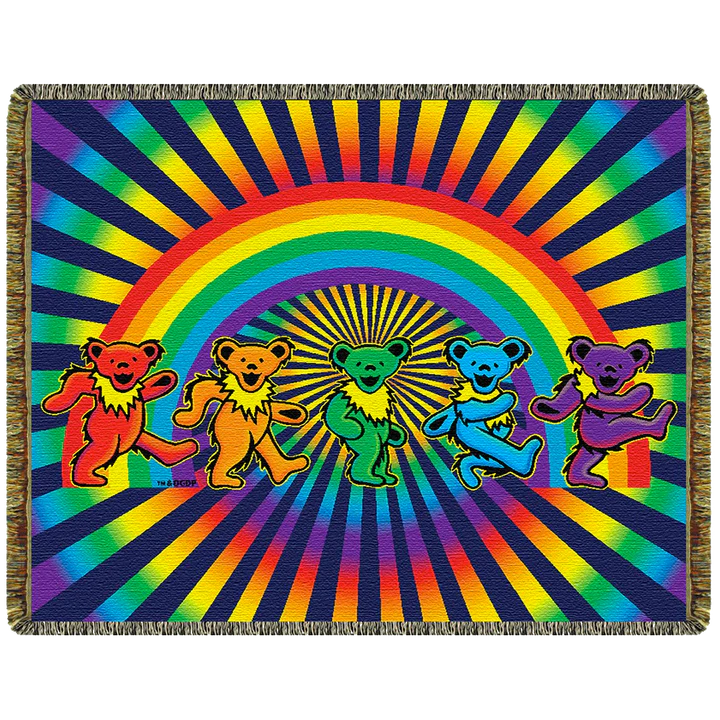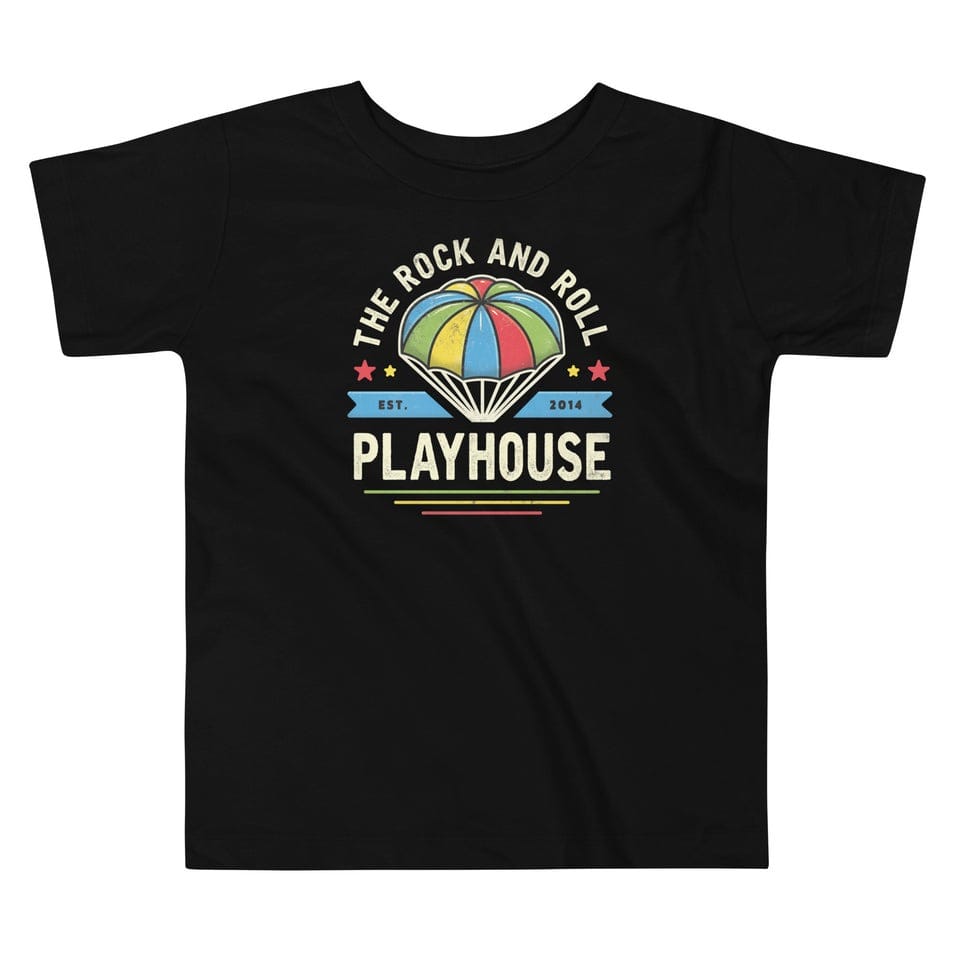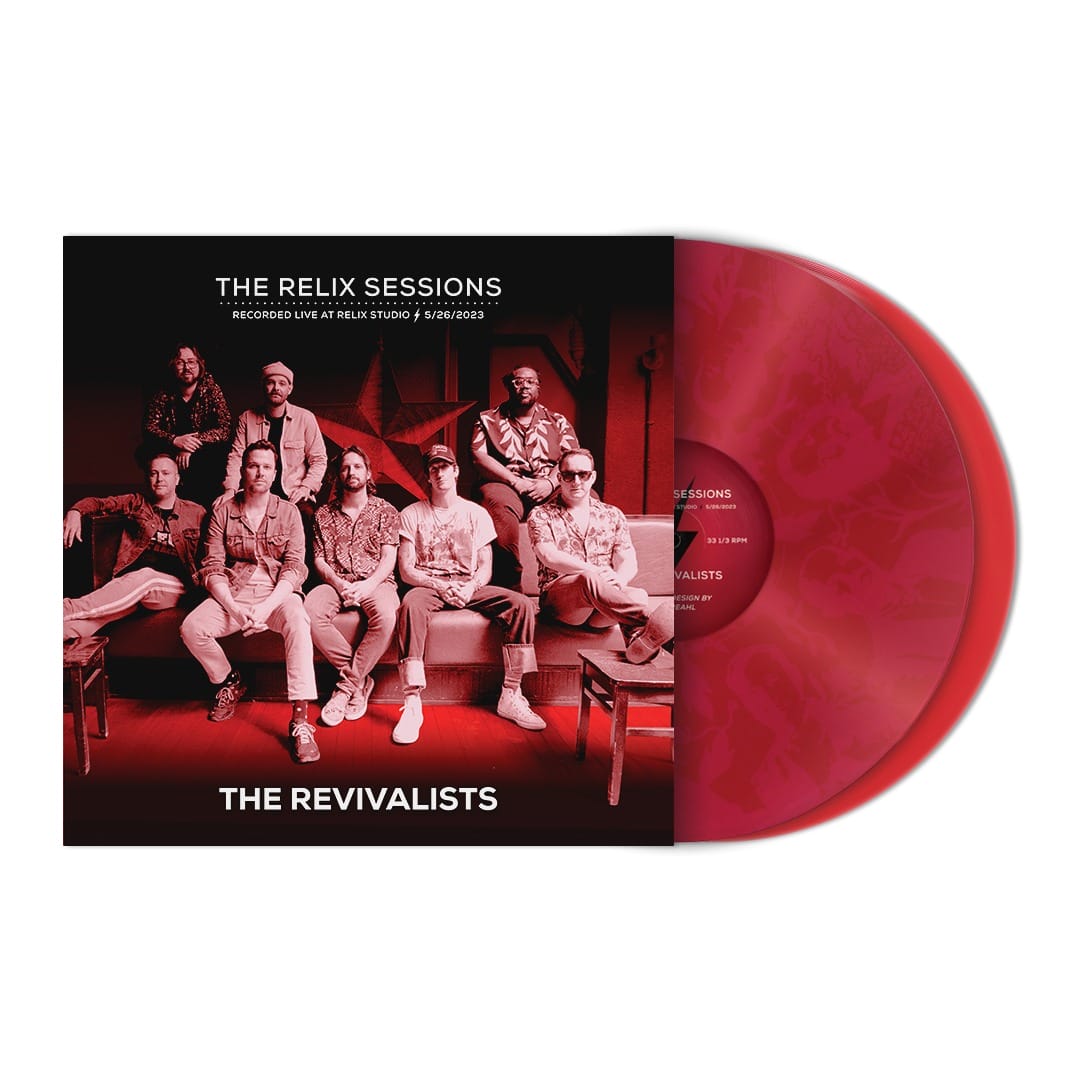Shooter Jennings Stirs up _The Other Life_
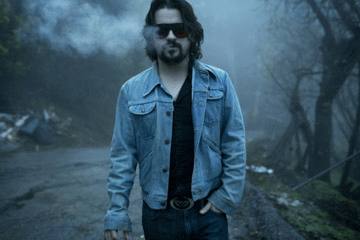
The title of Shooter Jennings latest album, The Other Life, seems to sum up how worldviews change when people move into their thirties. At age 33, Jennings certainly seems like a whole different guy than he was about five years ago. The son of Nashville royalty Jessi Colter and the late, great Waylon Jennings, spent a lot of his early career as a hard-charging, rough-and-tumble guy. He wasn’t shy about explaining how he and the members of his band, the 357s, ended up in jail after only three gigs together.
Now Jennings is still an outspoken, musical barrier-busting guy, but he’s more reflective, more nuanced, more empathetic. His long-time relationship with Emmy Award winning actress Drea de Matteo, with whom he has two children, seems to have grounded him – at least personally. However, his music remains edgy and innovative. Jennings is the real deal and he isn’t letting anybody turn him back from his musical path. Feel free to criticize the path, but just stay out of the way, because he’s not turning back.
It’s not that he doesn’t get why fans want him to follow his dad’s musical trail. But candidly, that’s not going to happen.
“I really had a good relationship with my dad. I want to own up and be a part of that,” he said, noting the much-anticipated movie on his father’s life that Shooter spearheaded, will soon be complete. “But I do different things.”
Want a taste? Listen to just-released album The Other Life You’ll hear an expansive sound that moves from country to Americana/root rock and beyond. Guests include Patty Griffin and Jim Dandy of Black Oak Arkansas, but the sound is all Shooter. And while many will love the sound, others will howl in protest. Just like they did with his dad’s music.
Jennings has accompanied the album with a short film of the same name. The following conversation touches on both creative efforts and explores what drives him in the studio, and just where he sees his music leading next.
I’ve heard your new album, The Other Life, has been in the works for a while. Is that true?
Five of the songs on this album were recorded when I made Family Man, the album before this [released in 2010]. But with this record, I felt I was definitely able to expand the sound to encompass all the elements of the other music I have done.
This album sounds very different from some of your past work, such as Electric Rodeo [his 2006 album]. What were the influences that led you to the sounds on both records?
Well for Family Man I was talking a lot to Steve Young, who is a songwriter I really admire, and I was listening to a lot of John Prine, a lot of Harry Nilsson. That led into the rest of the [latest] record, which was cut over the last year. We cut six tracks [on this album] earlier, mostly in 2011. The rest were pretty much recorded over the last year.
What was cool was that I could think about what elements I wanted to add to the record. There’s a lot of pure country, lot of pure lonesome songs. That is when I started writing songs like “Hard Lesson to Learn” and “Gunslinger.” That’s when everything started to come together and I was able to fill that all in.
I watched the trailer for the film that accompanies the album [the film difrected by Blake Judd, also is entitled The Other Life. Were any of the songs written specifically for the film?
We had already started doing the film and that first song [ “The Flying Saucer Song” ] came about knowing it would be part of the film. I had always wanted to cover Harry Nilsson so that worked and it helped set the pace for the whole record.
There has been a lot of speculation about the meanings behind the album and the film. I know this isn’t Dark Side of the Moon, but is there a message there?
There is not like a through line. It’s not like there was a planned message. But a lot of it centers around change. I’ve been going through a lot of changes. This is a very new phase in my life, now that I’m in my 30s, have a long-term committed relationship and am raising kids. But everyone is going through changes in this new era; it’s a rebirth for a lot of people. So a lot of the songs have that common thread and that continues to the film.
The film is short, it’s about 30 minutes, but it tells the story. So I think in a way the record is kind of about embracing change. Whether the change is for a good or bad reason, done on purpose or not, that’s something we all face.
Some of the music is spooky. How did it come together?
Well, for the beginning I just went in and I played everything on the first track. I had already come up with it and came in to the studio, laid down the piano part and then the Wurlitzer part at the end, and then I started adding stuff. I really wanted it to have a real slow burn at the beginning as it went into the message of self discovery. You know, that is one of the fun things, the really fun things, to do in the studio. You build a landscape of sound.
When you record such music, do you think about how it will translate when you tour?
I don’t. I love touring but I love being in the studio so much more. That’s my favorite place to be and my favorite thing to do. I love to build the songs in the studio. We will figure it out live if we can. I don’t know if we will ever do the intro [to the film] live. I would like to. But when I am working like that, I want it to sound the best possibly can in the studio. I just get off on that.
When I was a kid, I would listen to concept albums. They are as mesmerizing to me now as back then. When I go in, I lay the sounds out in a particular way. I always loved when you’d put on a song, close your eyes and it would take you away. I am always kind of aiming to do that and then how it will translate in concert is secondary.
It’s funny looking at fan comments about the film trailer. They love the sound and the dark images, but some of them are a little freaked out about it!
Oh, wow. I haven’t read those. But yeah, I have had people say ‘Man. it looks awesome.’ Others just say ‘I don’t get it.’ We’ll see what happens when it comes out.
Money is so tight these days, how did you get the backing to make the film?
For the last record the label spent money on radio stuff and I said I would rather take the money and makes some videos. The next thing you know, we had this idea. We were on a fairly tight budget so it was filmed in Nashville, Lexington, Greensburg, Ky., Virginia City, Nevada, and Bodie, Calif., a ghost town. And we pulled it off! It was a pretty long process and now it’s in the last, final stage of color correcting but it turned out really good.
The whole process seems intense. Are you one of those guys that keeps the recording studio closed during sessions?
It is always open. The band is usually hanging out. I love the moments toward the end. I mean, getting all the initial tracks laid down is kind of a drag but you know that will get you to mixing and stuff, which is the fun part. I don’t mind people around. Sometimes, I get a little self-conscious though. The intro track, I knew what I was doing and it was just Brandon [Mason, the audio engineer] and me. We’ve been friends for a long time. He is the kind of guy you trust. We trust each other. He knew what was happening. At the very beginning it sounded very weird, but [after working on it a bit] it made more sense. But he trusted me through the process.
And is there a third album you plan that will fit in with Family Man and The Other Life?
The next one will be different than this. I already have ideas for that one and it will be way different. This record and Family Man are a pair. I felt responsible to keep them on the same path. Even the package design is similar; they are kind of mirror images. But the next album will take a complete left turn.


